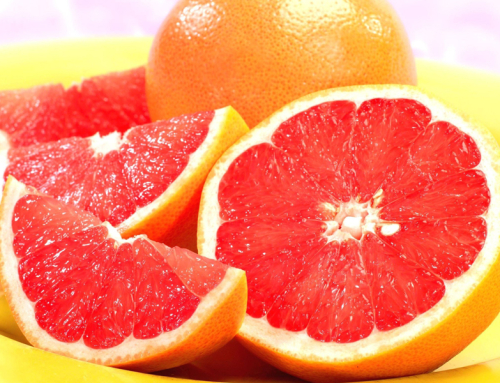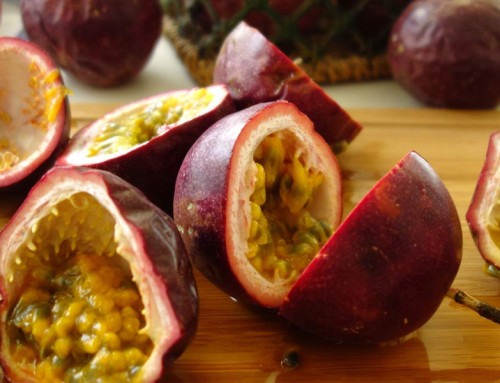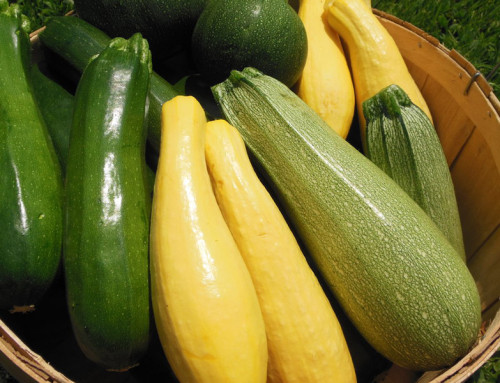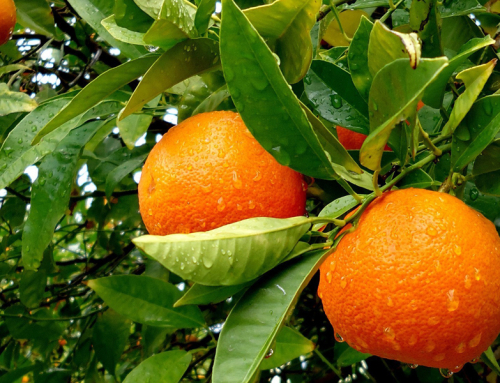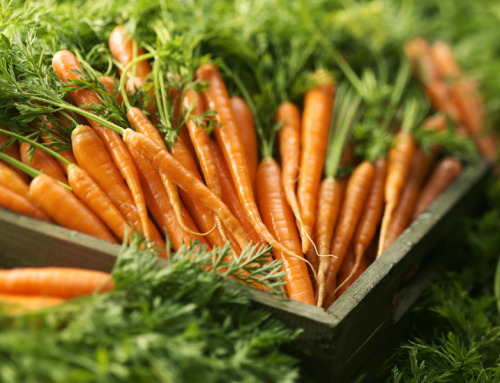- Raw, medium (approx. 122 g) – 34 calories
- 1 cup, cooked, cubes (approx. 156 g) – 33 calories
- 1 cup of greens, cooked from raw (approx. 144 g) – 29 calories
- 1 cup of greens, cooked from frozen (approx. 164 g) – 49 calories
Turnips have long been used as a vegetable, with cultivation most likely occurring prior to 1500 B.C. Although a root vegetable, turnips belong to the cruciferous family that includes other vegetables such as broccoli, cauliflower, brussel sprouts, and kale. From the genus rapifera of the Brassicaceae family, this nutrient-rich vegetable may have originated in India, western Asia, or Europe.
Basic Information
Currently, turnips are grown in temperate regions all across the world as a cold-weather vegetable, as the warmer temperatures can cause them to become tough and bitter. The commercial value includes both the white and purplish root as well as the greens that comprise the top of the turnip. Also referred to as the “white turnip”, these vegetables are harvested both early and later on, depending on the use. Smaller turnips are more tender, growing more woody and firm in texture as they grow. Rutabagas are related to turnips, but larger with a more yellow flesh that is sweeter in taste.
Turnip’s Nutritional Components
These power-packed vegetables provide a lot of nutrition for very few calories. In fact, at only 28 calories per 100 grams of the root, turnips can be added to any meal without concern of going over on calories for dieters. With fiber and a variety of antioxidant vitamins and minerals, consumers can enjoy both the root and the greens in a balanced, healthy diet.
Benefits for Health
- Digestive System
The fiber in turnips can help to prevent constipation while helping the body to eliminate toxins. This vegetable may also play a crucial role in maintaining the appropriate good bacteria levels all throughout the digestive tract. - Weight Loss
This low-calorie vegetable has a texture that is similar to that of potatoes when cooked as cubes or mashed, with a bit more flavor and bite. The fiber helps you to feel fuller for longer and may help to reduce excessive snacking or overeating to help maintain portion control. High fiber meals also play a part in keeping blood sugar levels stable. - Cancer
All of the vitamins, minerals, and other nutrients in turnips have antioxidant and anti-inflammatory effects on the body to help reduce some risk of certain types of cancer. Substances in plant foods like turnips are called indoles and may play a role in interfering with cell growth from cancers such as those of the bowel, skin, pancreas, and prostate. - Other Benefits
Turnip roots and greens may also play a role in lowering blood pressure. The antioxidant effects can help to combat free radicals and reduce oxidative stress to strengthen immunity and prevent premature aging of cells. The nutrients in this vegetable also have antimicrobial and anti-inflammatory benefits to the body.
How to Eat Turnips
- Digestive System
The fiber in turnips can help to prevent constipation while helping the body to eliminate toxins. This vegetable may also play a crucial role in maintaining the appropriate good bacteria levels all throughout the digestive tract. - Weight Loss
This low-calorie vegetable has a texture that is similar to that of potatoes when cooked as cubes or mashed, with a bit more flavor and bite. The fiber helps you to feel fuller for longer and may help to reduce excessive snacking or overeating to help maintain portion control. High fiber meals also play a part in keeping blood sugar levels stable. - Cancer
All of the vitamins, minerals, and other nutrients in turnips have antioxidant and anti-inflammatory effects on the body to help reduce some risk of certain types of cancer. Substances in plant foods like turnips are called indoles and may play a role in interfering with cell growth from cancers such as those of the bowel, skin, pancreas, and prostate. - Other Benefits
Turnip roots and greens may also play a role in lowering blood pressure. The antioxidant effects can help to combat free radicals and reduce oxidative stress to strengthen immunity and prevent premature aging of cells. The nutrients in this vegetable also have antimicrobial and anti-inflammatory benefits to the body.
How to Eat Turnips
Both the root and the greens are edible and offer lots of nutrients that enhance overall health and wellness when added to a balanced diet. You can eat turnips raw or cooked, but cooking helps to soften the vegetable and to mellow out the flavor. Be sure to wash the turnips thoroughly, trim off the tops and bottom root, if present, and peel before use. You can chop or shred turnips and eat by themselves or combine with other foods.
- Soups and stews: Add chopped turnips in place of or in addition to potatoes when making your favorite soups or stews.
- Salads: Young turnip roots and greens can be added to a salad and enjoyed raw. Shredded turnip root can be added to cabbage slaws for added flavor and nutrition.
- As a side: Use cooked turnips as a replacement to potatoes in many dishes. Add your favorite seasonings to chunks of turnip or mash as you would potatoes. Saute chopped greens and serve as you would other greens, such as mustard or collard.
- As an add-in: Chop and add the greens or shredded root to rice dishes or curries.
How to Choose and Store Turnips
You can get fresh turnips all year long in most areas, though the harvest is generally greater from late fall to early spring. You can find them in bunches with the greens or individually already topped and trimmed. Choose roots with no blemishes that are firm and heavy for their size. Those that are small to medium in size typically have the best texture and flavor.
At home, you should trim any greens that are on your turnips to store the roots and greens separately. Store the roots in the high-humidity or crisper drawer of your refrigerator if you have one. The roots should keep for a few weeks. Store greens in the refrigerator in an air-tight bag with as much air removed as possible. The greens should be used promptly and may last up to four days in the refrigerator.
Safety Concerns
Turnip roots and greens are considered safe to eat by all, including small children and pregnant women. However, they do contain oxalic acid, which may crystallize in the kidney, gallbladder, or urinary tract when it becomes too concentrated in the body. Additionally, turnips contain glucosinolates, which can affect thyroid function if consumed in excessive amounts in certain individuals. Sensitive individuals may wish to avoid foods that contain these natural substances, especially if advised by their physicians. To reduce any risk, an increase in water intake can be beneficial.


